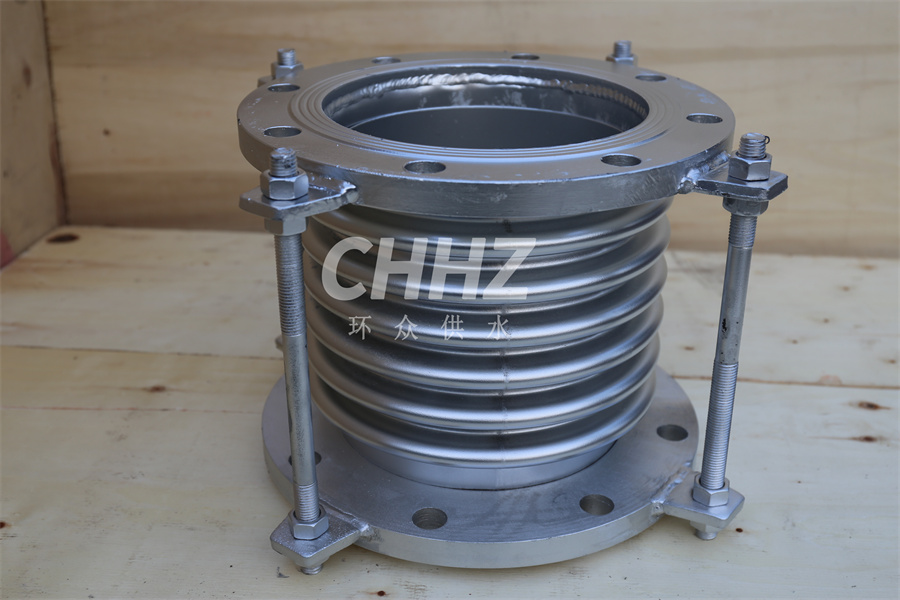Introduction of bellows condensation enhanced heat transfer mechanism and its two destabilization st
Metal hoses consist of bellows, mesh sleeve and fittings. The bellows is an important part of the metal hose, used to absorb the thermal expansion and cold contraction caused by the change in the appearance of the pipe and (or) equipment dimensions. In practice, it is usually connected to the outer layer of the bellows with a metal wire or wire with a mesh cover and connected to a fitting.
The bellows structure has two characteristics of enhanced heat transfer compared to a normal straight pipe with the same outside diameter.
(i) The increased area of the bellows structure.
② The heat transfer coefficient increases due to the thinning of the condensate film. The bellows structure plays a major role in enhancing heat transfer.
Due to the small surface curvature of the bellows structure, the condensation film is greatly influenced by the surface tension, which causes an additional pressure difference from the peak to the trough on the liquid film, as well as the pressure difference and gravity caused by the surface tension. In order to improve the condensation heat transfer enhancement effect, the surface tension effect is required to be greater than the gravitational effect. For a horizontally placed bellows, when the surface tension is much greater than gravity, the condensate film flow pattern is mainly controlled by the surface tension.
At this time, the flow pattern of the liquid film on the top and bottom surfaces of the corrugation is similar, and the liquid film flows from the crest to the bottom of the valley along the corrugated surface, which makes the liquid film in the crest area thinner and greatly reduces the thermal resistance of the heat flow through the surface of the crest area and strengthens the heat transfer. The condensation in the crest area is film-like, but the heat transfer coefficient is within the range of the bead-like heat transfer coefficient. The bottom of the trough area collects the entire corrugated surface condensate, and the effect of gravity is much greater than the effect of surface tension. Under the control of gravity, the condensate flows downward along the circumferential wall, and the heat flow through the bottom of the trough is small. Under the joint action of surface tension and gravity, the condensate film flow pattern is more complex and difficult to judge accurately. The flow pattern of the liquid film is usually simplified into two categories: gravity-controlled and surface tension-controlled condensation.
The instability problem of metal hose is a very strong geometric nonlinear problem, with a very complex load a displacement path. Metal hose withstand excessive internal pressure will produce warpage, reducing its load-bearing capacity, displacement absorption capacity and fatigue life, so that the metal hose further warpage, so the cycle, will make the metal hose in the case of bearing pressure is not high destabilization damage, resulting in the failure of the entire bellows structure.

When the length and diameter of the bellows is relatively large, columnar instability. Planar instability refers to one or more corrugated planes move or deflect, the corrugated plane is no longer perpendicular to the axis of the bellows. One or more corrugations are tilted or warped. Excessive radial bending stresses in the bellows can lead to plane instability. In engineering, the mechanical model of the plane instability metal hose can be simplified as a solid support at both ends and a straight beam subjected to an average pressure load.

